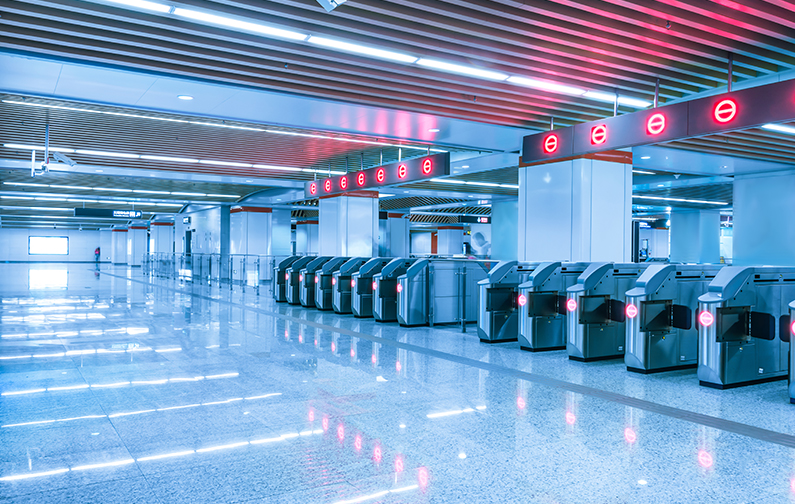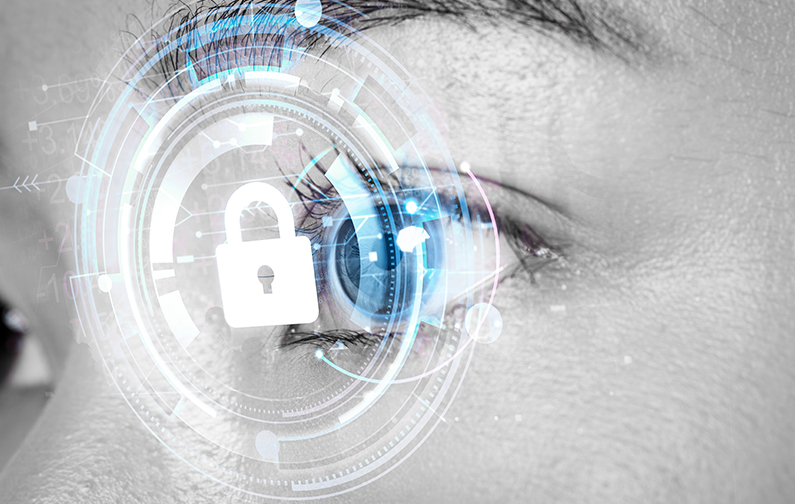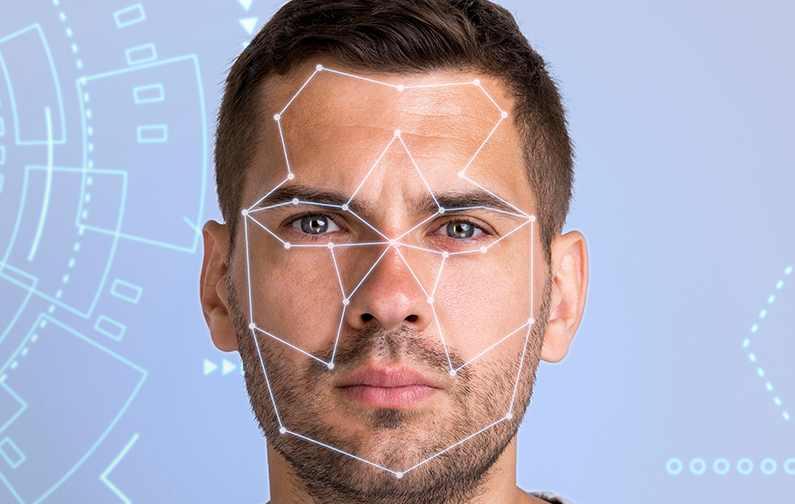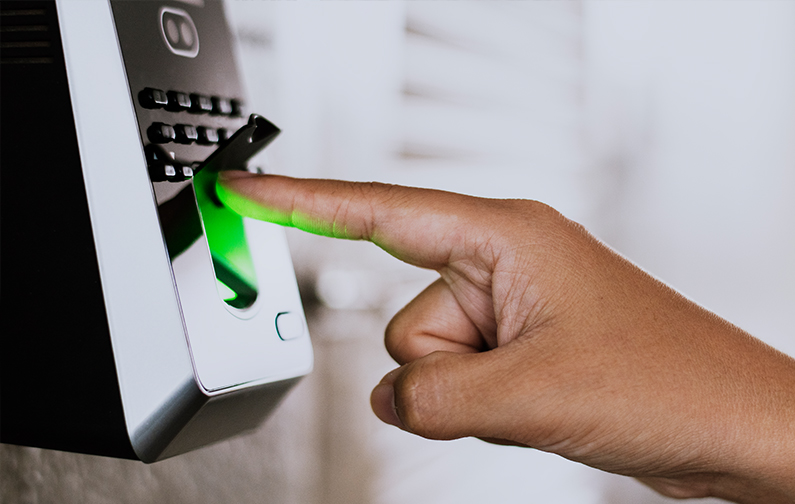The access control systems detailed below provide security and prevent unauthorized access. Each recognition method has different advantages and can be preferred singly or in combination depending on usage scenarios.
Fingerprint Recognition: Fingerprint recognition allows identity verification by using individuals’ fingerprints. Fingerprints are unique and have unique patterns. Fingerprint scanners capture the fingerprint using optical or capacitive sensors and analyze this data to perform identity verification. Fingerprint recognition provides high accuracy in terms of security and minimizes the risk of fraud.
Card Access: Card access control systems provide access through individually assigned cards or smart cards. Cards use data storage methods such as magnetic stripes, barcodes, or radio frequency technology (RFID). The user performs identity verification by touching or approaching the card to a reader at the access point. Card access systems provide a practical and fast access method, making it easy for many users to use the same system.
Face Recognition: Face recognition technology verifies identity by using individuals’ facial features. Face recognition systems use cameras and special algorithms to analyze the geometric, textureless, and unique features of the face. Based on patterns, lines, and ratios of the face, identity verification is performed. Face recognition provides quick and effective identity verification, requires no physical contact from the user, and can be used on a large scale.
Iris Recognition: Iris recognition allows identity verification by using individuals’ eye irises. The iris is the colored part of the eye and has unique patterns. Iris recognition systems scan eye irises using special cameras and analyze these patterns. Identity verification is performed using the vein structure, patterns, and combinations of colors of the iris. Iris recognition provides high-security levels and is not affected by glasses, lenses, or changes in lighting.
QR Code Reading: QR Door Access Systems are advanced technologies that perform passage and control operations using the QR code recognition application, one of the contemporary technologies. This system provides secure access and monitoring solutions for institutions, offices, facilities, or other locations. The QR Door Access System operates with a QR code scanner placed next to the door. This scanner reads the QR code owned by the user to initiate the verification process. The QR code can be on the user’s smartphone or on a card. The user obtains passage permission by showing or scanning the QR code to the scanner.
After the scanner reads the QR code, it compares it with the authorization database stored in the system. This database may contain information such as the user’s access permissions, passage times, or access control to specific areas. When the validity and authorization of the QR code are confirmed, the door automatically opens, granting passage permission to the user. This system provides a user-friendly experience and can be easily integrated. Additionally, the quick scanning of the QR code enables fast passages and reduces unnecessary waiting times. QR Door Access Systems eliminate the use of physical keys or cards, reducing the risk of security vulnerabilities and enhancing security.
However, QR Door Access Systems also have additional functions such as keeping and monitoring passage records. Data related to scanned QR codes at access points is recorded, and this data can be used for security reviews, employee tracking, time management, and reporting purposes.




